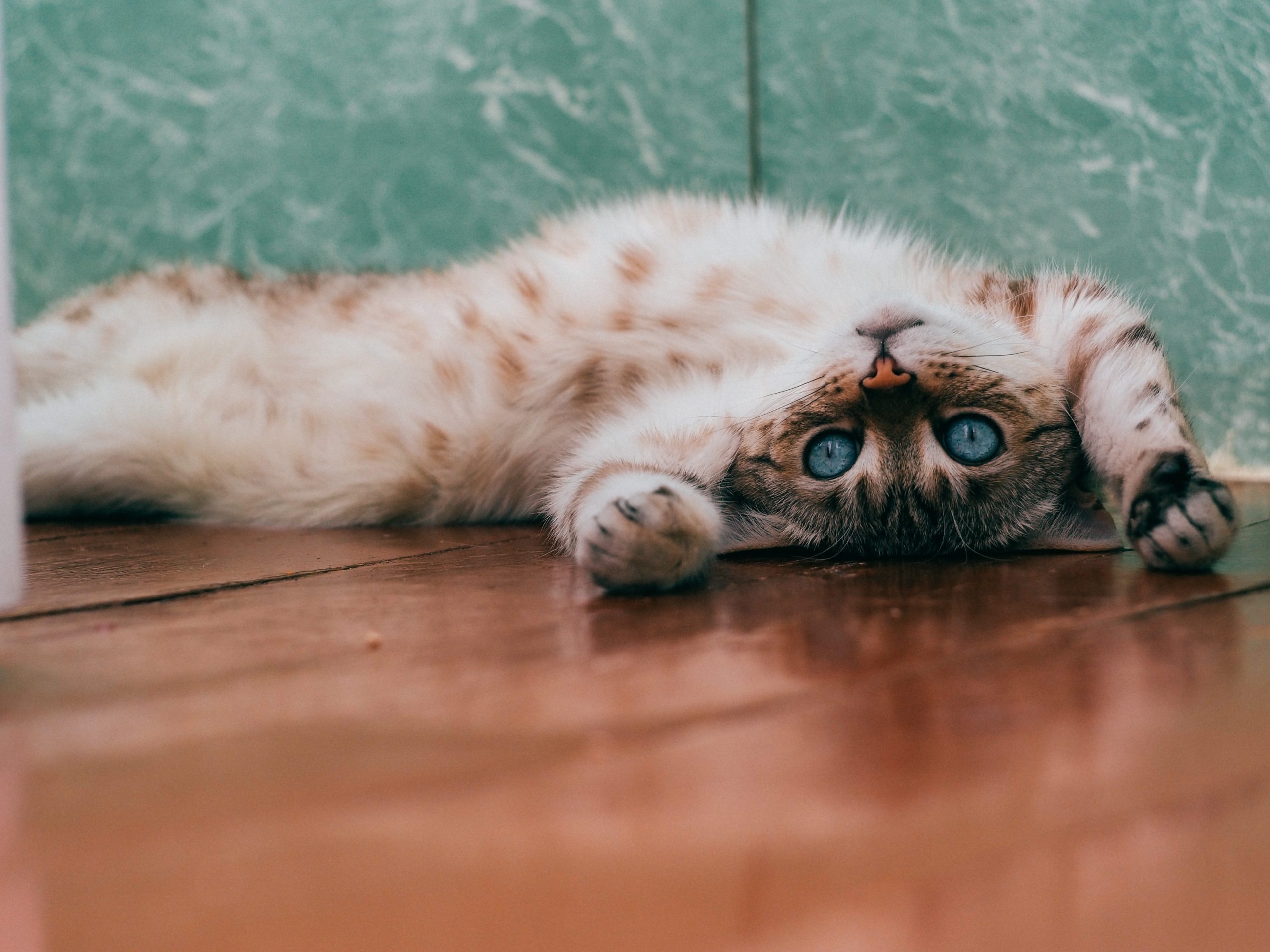- 21 April 2023
- 485
Secret Language of Cats

It’s important to understand the nuances of pet behavior and how it impacts their owners’ lives. One fascinating aspect of pet behavior is the mysterious language of cats. Cats are known for their enigmatic ways, and their body language, vocalizations, and actions all communicate messages to their owners. But what do these feline signals really mean? In this article, we will delve into the world of cat behavior, exploring the secret language of cats and uncovering the meanings behind their mysterious ways.
Cats are known for their subtle body language, and as pet owners, it’s crucial to understand what our feline friends are trying to communicate. From the position of their ears and tail to the movements of their whiskers and the sounds they make, cats have a rich repertoire of communication cues that are often lost in translation for many cat owners. Through careful observation and understanding, we can decipher the secret language of cats and better understand their wants, needs, and emotions.
One key aspect of feline behavior is their body language. A cat’s posture, tail movements, and facial expressions all provide valuable insights into their mood and intentions. For example, a raised tail may signal a friendly greeting, while a puffed-up tail may indicate fear or aggression. Similarly, flattened ears, dilated pupils, and other subtle cues can reveal a cat’s emotional state. By learning to interpret these body language signals, cat owners can better understand their furry friends and respond appropriately.
In addition to body language, cats also communicate through vocalizations. From purrs and meows to hisses and growls, each sound has a specific meaning in the feline world. For example, a purr can indicate contentment, while a hiss may signal fear or annoyance. Understanding the nuances of feline vocalizations can provide valuable insights into a cat’s emotional state and help cat owners communicate better with their pets.
Cats also have unique behaviors and actions that convey messages. For instance, kneading with their paws, grooming themselves or other cats, and bringing “gifts” to their owners are all behaviors that hold significance in the feline language. Exploring and understanding these actions can shed light on a cat’s instincts, needs, and desires.
However, it’s important to note that every cat is an individual, and their communication cues may vary from one cat to another. It’s crucial to observe and understand your own cat’s behavior and body language, taking into consideration their unique personality, background, and experiences.
In conclusion, the secret language of cats is a fascinating topic that requires keen observation, careful interpretation, and an understanding of individual cat personalities. Deciphering the messages behind a cat’s body language, vocalizations, and actions can provide invaluable insights into their emotions, needs, and desires. As cat owners, taking the time to learn and understand this secret language can deepen the bond between humans and their feline companions, and lead to a better understanding and appreciation of our furry friends.
Note: As a journalist, it’s crucial to verify information from reputable sources and experts in the field of animal behavior to ensure accuracy and adhere to journalistic ethics. When writing about pet behavior, it’s important to rely on evidence-based research and expert opinions to provide accurate and reliable information to readers.

